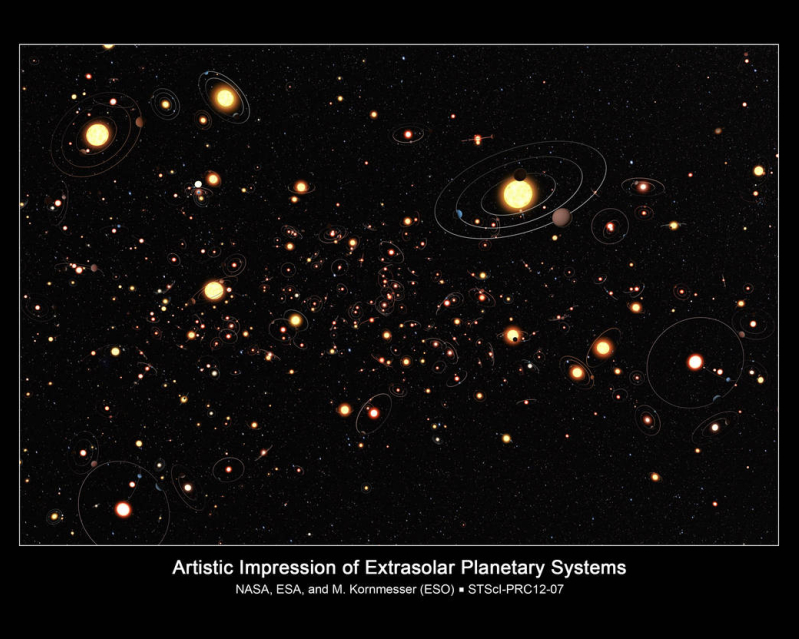
Scientists have always believed that alien life form, probably more advance, exists beyond Earth.
Now, NASA astrophysicist Natalie Batalha claimed there billions of Earth-like planets in our Milky Way Galaxy alone capable of sustaining life. These planets, Batalha said, are also orbiting around a yellow star like our sun in the orbital "habitable zone" that allows for water to be on the planets' surface.
Batalha made her claim following the discovery of its Kepler mission the first near-Earth-size planet in the "habitable zone" around a sun-like star. The newly discovered Kepler-452b is the smallest planet to date discovered orbiting in the habitable zone -- the area around a star where liquid water could pool on the surface of an orbiting planet -- of a G2-type star, like our sun. The confirmation of Kepler-452b brings the total number of confirmed planets to 1,030.
"On the 20th anniversary year of the discovery that proved other suns host planets, the Kepler exoplanet explorer has discovered a planet and star which most closely resemble the Earth and our Sun," said John Grunsfeld, associate administrator of NASA's Science Mission Directorate at the agency's headquarters in Washington. "This exciting result brings us one step closer to finding an Earth 2.0."Kepler-452b is 60 percent larger in diameter than Earth and is considered a super-Earth-size planet. While its mass and composition are not yet determined, previous research suggests that planets the size of Kepler-452b have a good chance of being rocky.
While Kepler-452b is larger than Earth, its 385-day orbit is only 5 percent longer. The planet is 5 percent farther from its parent star Kepler-452 than Earth is from the Sun. Kepler-452 is 6 billion years old, 1.5 billion years older than our sun, has the same temperature, and is 20 percent brighter and has a diameter 10 percent larger.
"We can think of Kepler-452b as an older, bigger cousin to Earth, providing an opportunity to understand and reflect upon Earth's evolving environment," said Jon Jenkins, Kepler data analysis lead at NASA's Ames Research Center in Moffett Field, California, who led the team that discovered Kepler-452b. "It's awe-inspiring to consider that this planet has spent 6 billion years in the habitable zone of its star; longer than Earth. That's substantial opportunity for life to arise, should all the necessary ingredients and conditions for life exist on this planet."
Batalha explained that between 15 and 25 percent of stars in the galaxy are circling around the habitable zone or those who orbit around a star far enough to have a temperature that can sustain life, reported Northern Californian.
"Conservatively speaking, if 15 percent of stars have a planet between 1 and 1.6 times the size of Earth in the Habitable Zone, then you'd expect 15 percent of 90 percent of 100 billion stars to have such planets. That's 14 billion potentially habitable worlds," Batalha said.
Planets circling around cooler stars in outer space are classified as M dwarfs, the most common in the universe. These M dwarfs planets that are orbiting sun just like ours, known as G dwarfs, are the most likely candidate of being Earth-like planets, she said.
According to the Kepler data within 33 light-years, when a total of 357 stars break down from the solar neighborhood, 248 of those are M dwarfs, 44 are K dwarfs and 20 are G dwarfs.
"That means "only" about a billion of the 14 billion I mentioned above are orbiting G stars," the NASA scientist said.







